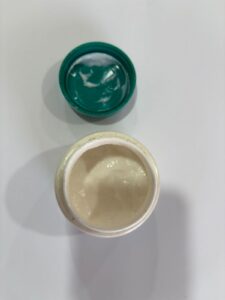
Application for propylene glycol in cream & ointment
Propylene glycol is commonly used in creams and ointments as a solvent, humectant, and skin-conditioning agent. Here’s how it works in topical formulations:
- Solvent: Propylene glycol helps dissolve active ingredients that may not be soluble in water alone, improving the efficacy and stability of the cream or ointment.
- Humectant: It draws moisture from the air into the skin, helping to keep the skin hydrated and prevent dryness. This is especially useful in moisturizing creams and ointments.
- Skin-conditioning agent: Propylene glycol helps to soften and smooth the skin, enhancing the texture and feel of the product.
- Enhancing Penetration: It can improve the absorption of other ingredients through the skin, making the active compounds in the formulation more effective.
- Preservative: It has mild antimicrobial properties, which can help extend the shelf life of the product by reducing the risk of microbial contamination.
Propylene glycol is generally considered safe for topical use, but it can sometimes cause irritation or allergic reactions in sensitive individuals. If you are formulating a cream or ointment with it, you’ll need to ensure proper concentration (typically around 1-10%) and test for skin compatibility.
